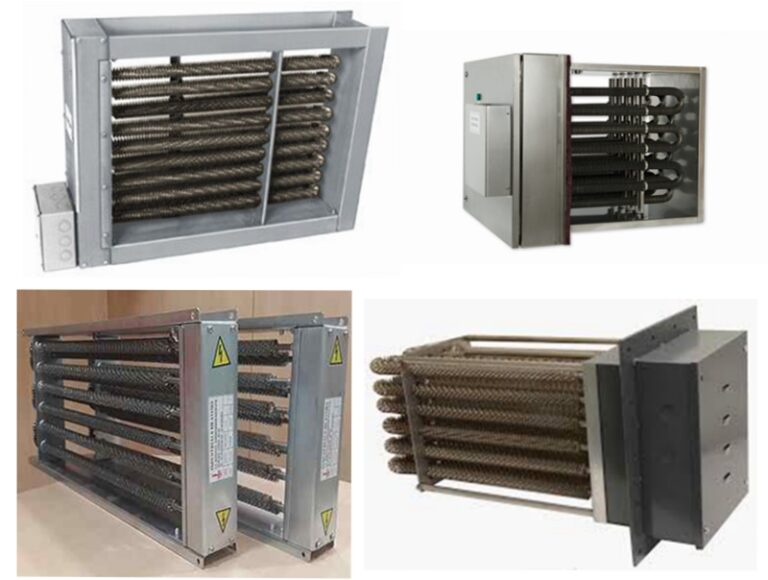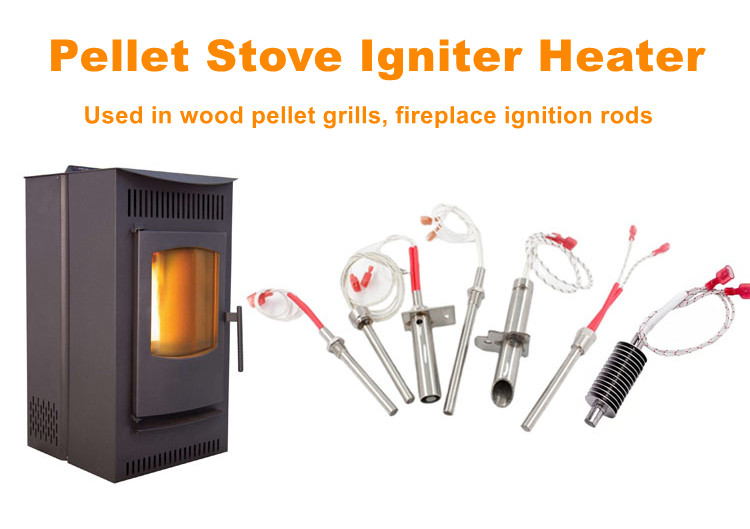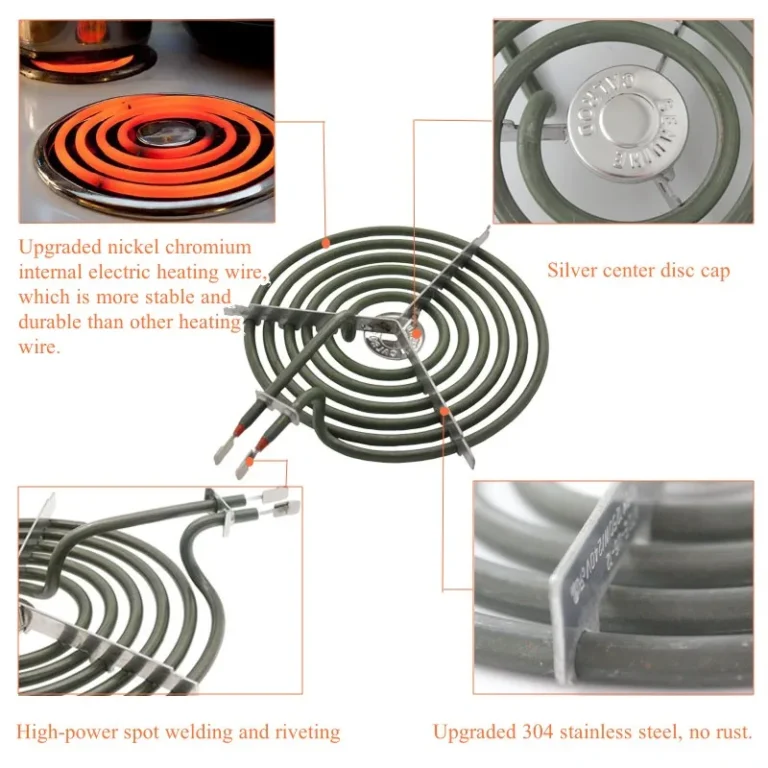Escenarios de aplicación y parámetros de los calentadores tubulares y de inmersión en diferentes campos
The following are the application scenarios and parameters of tubular heaters and immersion heaters in different application fields:
 Calentadores tubulares:
Calentadores tubulares:- Industrial Field:
- Application Scenarios:
- Chemical Industry:
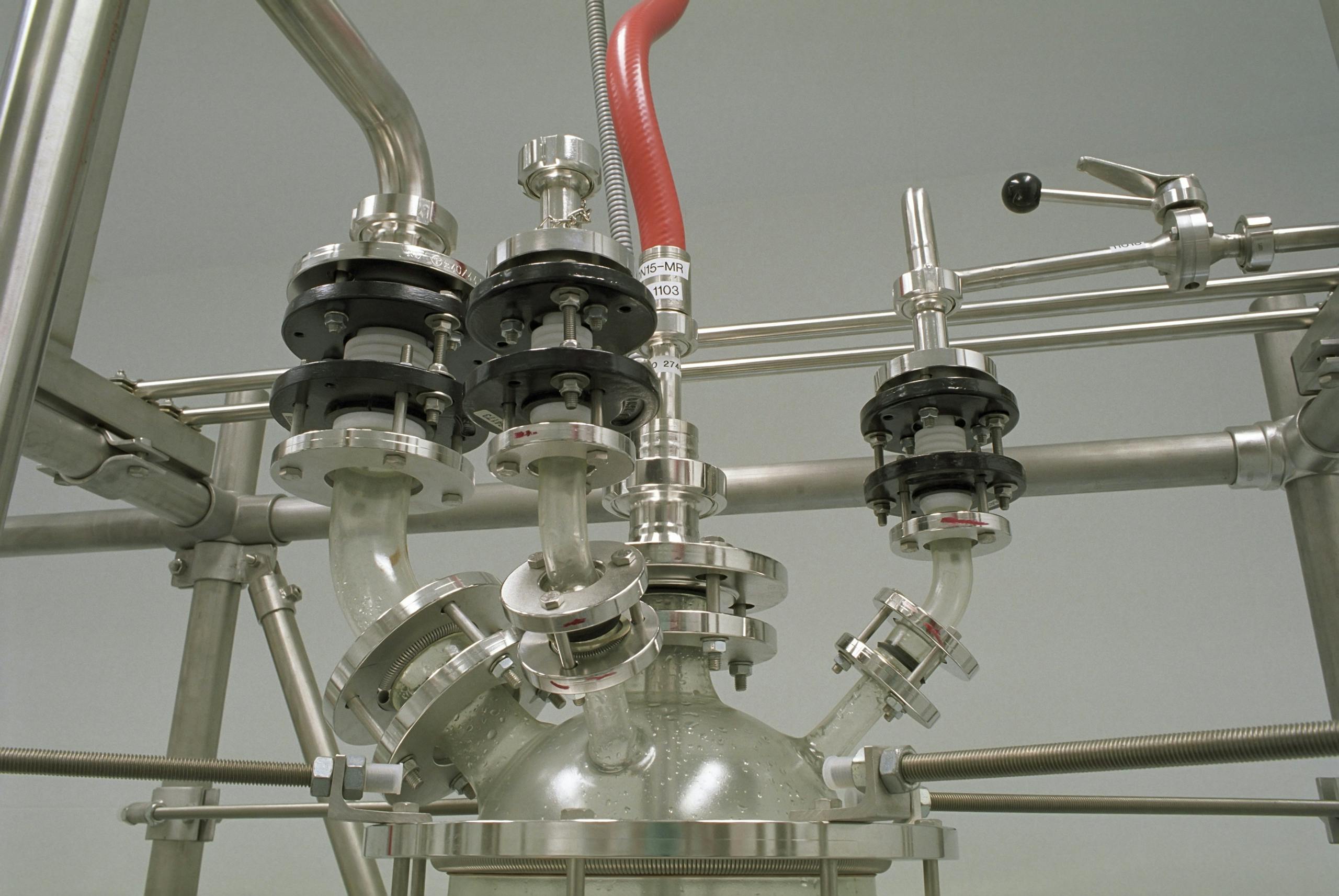 They are used for heating chemical materials and as auxiliary heating in reactors. Por ejemplo, in chemical reactions demanding precise temperature control, tubular heaters supply stable heat to ensure smooth reactions. In small – scale chemical equipment, they can be directly installed inside for direct material heating.
They are used for heating chemical materials and as auxiliary heating in reactors. Por ejemplo, in chemical reactions demanding precise temperature control, tubular heaters supply stable heat to ensure smooth reactions. In small – scale chemical equipment, they can be directly installed inside for direct material heating. - Mechanical Manufacturing Industry:
 Useful for heating molds to reach the required working temperature and guarantee product – forming quality. In injection molds, they heat evenly, enabling plastics to fill the mold cavity smoothly for high – quality plastic products.
Useful for heating molds to reach the required working temperature and guarantee product – forming quality. In injection molds, they heat evenly, enabling plastics to fill the mold cavity smoothly for high – quality plastic products. - Metal Processing Industry:
 Play a role in metal melting and heat treatment. During metal melting, they create a high – temperature environment for rapid material melting. In heat treatment, they precisely control heating temperature and time to improve metal properties.
Play a role in metal melting and heat treatment. During metal melting, they create a high – temperature environment for rapid material melting. In heat treatment, they precisely control heating temperature and time to improve metal properties.
- Chemical Industry:
- Parameter Requirements:
- Fuerza: Varies from several hundred watts to several kilowatts based on specific heating demands and equipment size. In small – scale chemical equipment, power may range from a few hundred watts to around 1000 watts, while in large – scale metal melting equipment, it can exceed several kilowatts.
- Tube Dimensions: Tube diameter typically falls within the range of a few millimeters to dozens of millimeters. The length is determined by the installation position and heating area, usually spanning from tens of centimeters to several meters.
- Temperature Control Precision: For processes with strict temperature control requirements, the precision should reach ±1°C or better. This high – precision control is crucial for maintaining the quality and stability of industrial processes.
- Civil Field:
- Application Scenarios:
- Household Appliances:
 Commonly found in water heaters, horno, and coffee makers. In water heaters, they quickly heat water for users. In ovens, they ensure even heating of the interior for uniformly cooked food. In coffee makers, they heat water to the ideal temperature for brewing fragrant coffee.
Commonly found in water heaters, horno, and coffee makers. In water heaters, they quickly heat water for users. In ovens, they ensure even heating of the interior for uniformly cooked food. In coffee makers, they heat water to the ideal temperature for brewing fragrant coffee. - HVAC System:
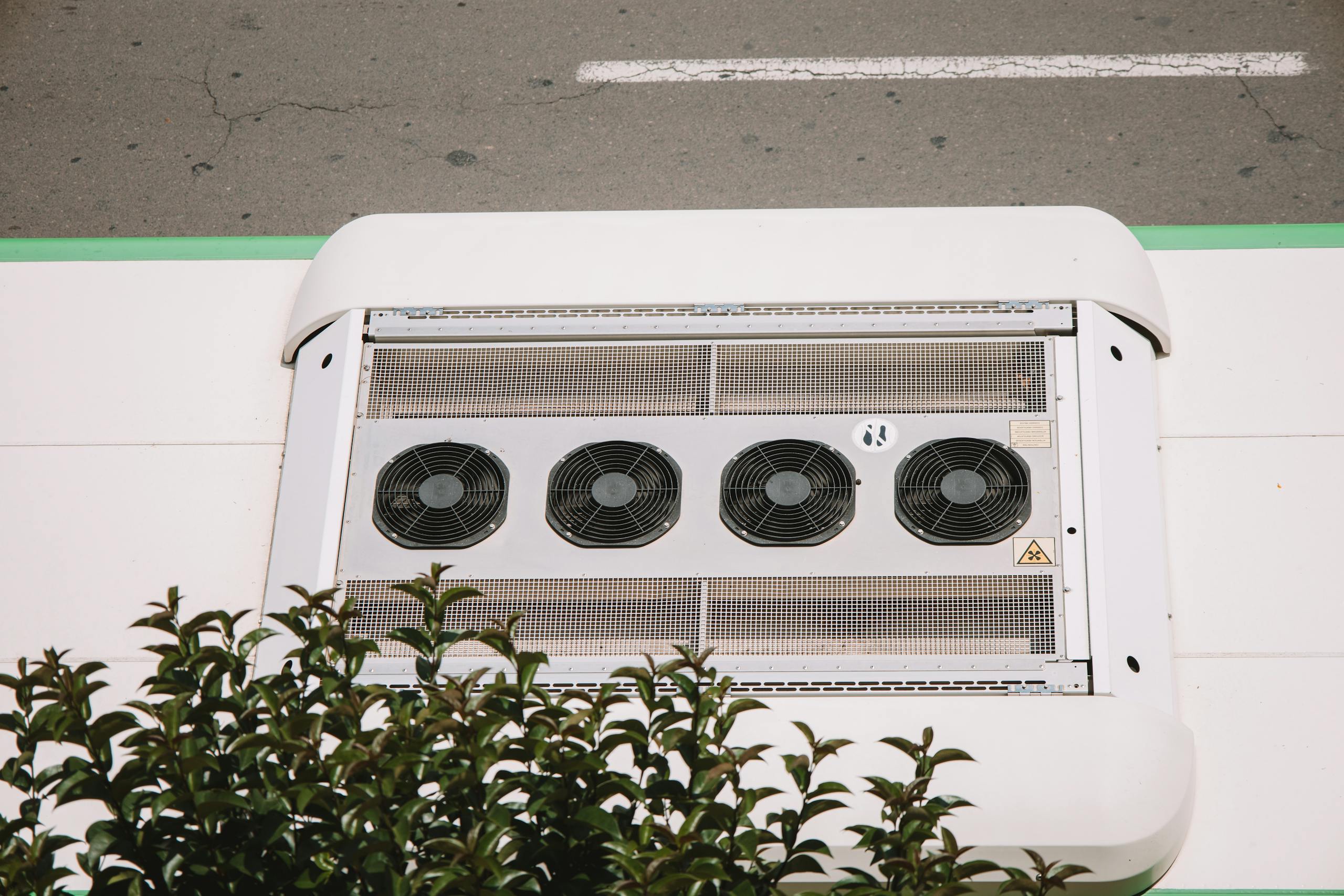 Used for auxiliary heating in air – conditioning systems during cold weather to enhance indoor comfort, especially in northern regions where the heating effect of air – conditioning systems may be insufficient in winter.
Used for auxiliary heating in air – conditioning systems during cold weather to enhance indoor comfort, especially in northern regions where the heating effect of air – conditioning systems may be insufficient in winter.
- Household Appliances:
- Parameter Requirements:
- Fuerza: Generally ranges from several hundred watts to several kilowatts, depending on the appliance’s size and function. In household water heaters, power usually lies between 1 – 3 kilowatts, while in ovens, it depends on the oven’s capacity and heating requirements, typically between 1 – 5 kilowatts.
- Safety: As civil – use equipment, they must meet high safety standards. This includes excellent insulation with an insulation resistance typically exceeding 100 megohms and an overheating protection mechanism set between 150 – 200°C to prevent potential hazards.
- Application Scenarios:
- Application Scenarios:
- Industrial Field:
- Immersion Heaters:
- Industrial Field:
- Application Scenarios:
- Petrochemical Industry:
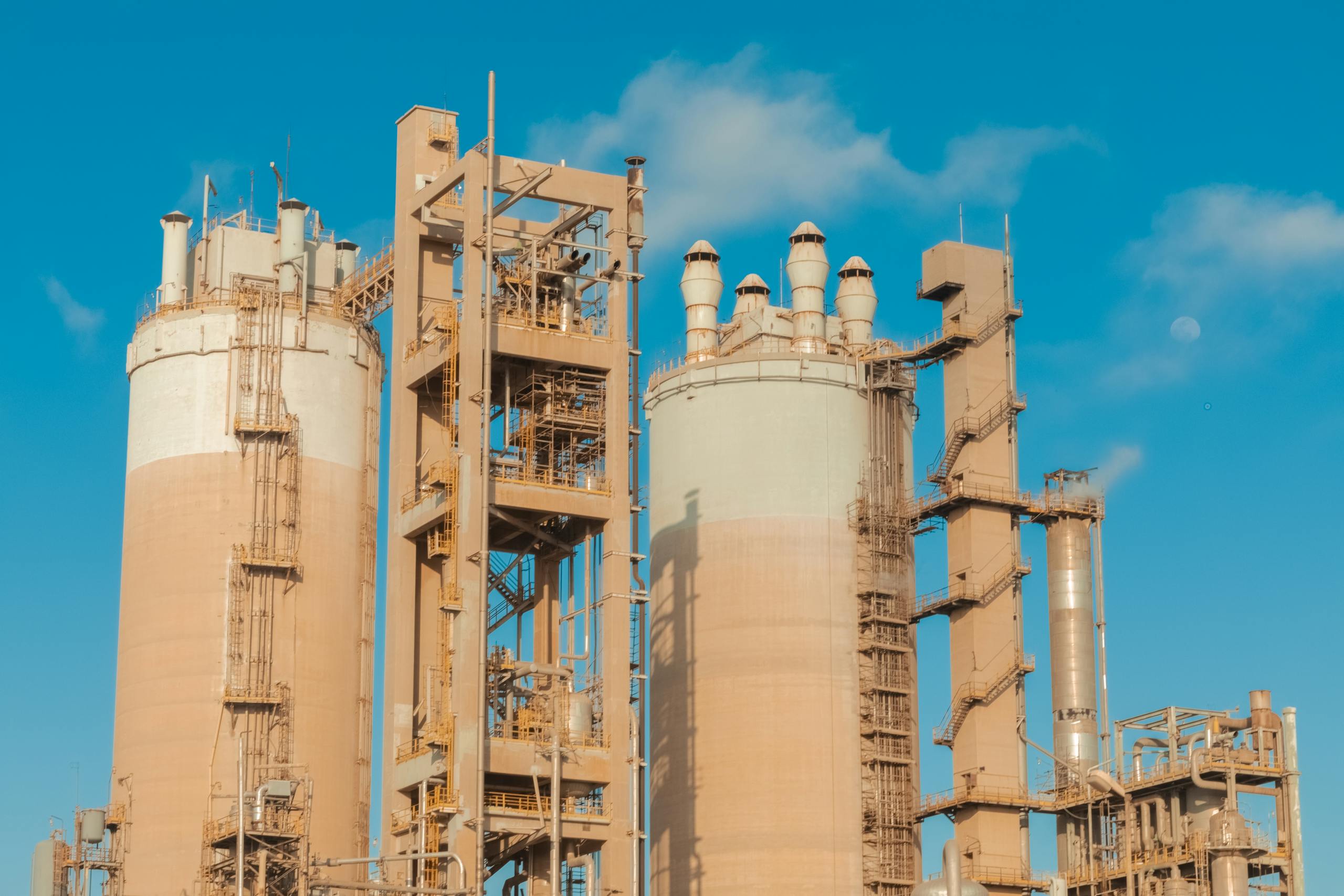 Employed to heat oil products in tanks and depots, preventing solidification or viscosity increase at low temperatures that could impede transportation and use. In cold – weather petrochemical operations, they ensure oil product fluidity. They also heat reaction media in production processes to boost reaction rates.
Employed to heat oil products in tanks and depots, preventing solidification or viscosity increase at low temperatures that could impede transportation and use. In cold – weather petrochemical operations, they ensure oil product fluidity. They also heat reaction media in production processes to boost reaction rates. - Pharmaceutical Industry:
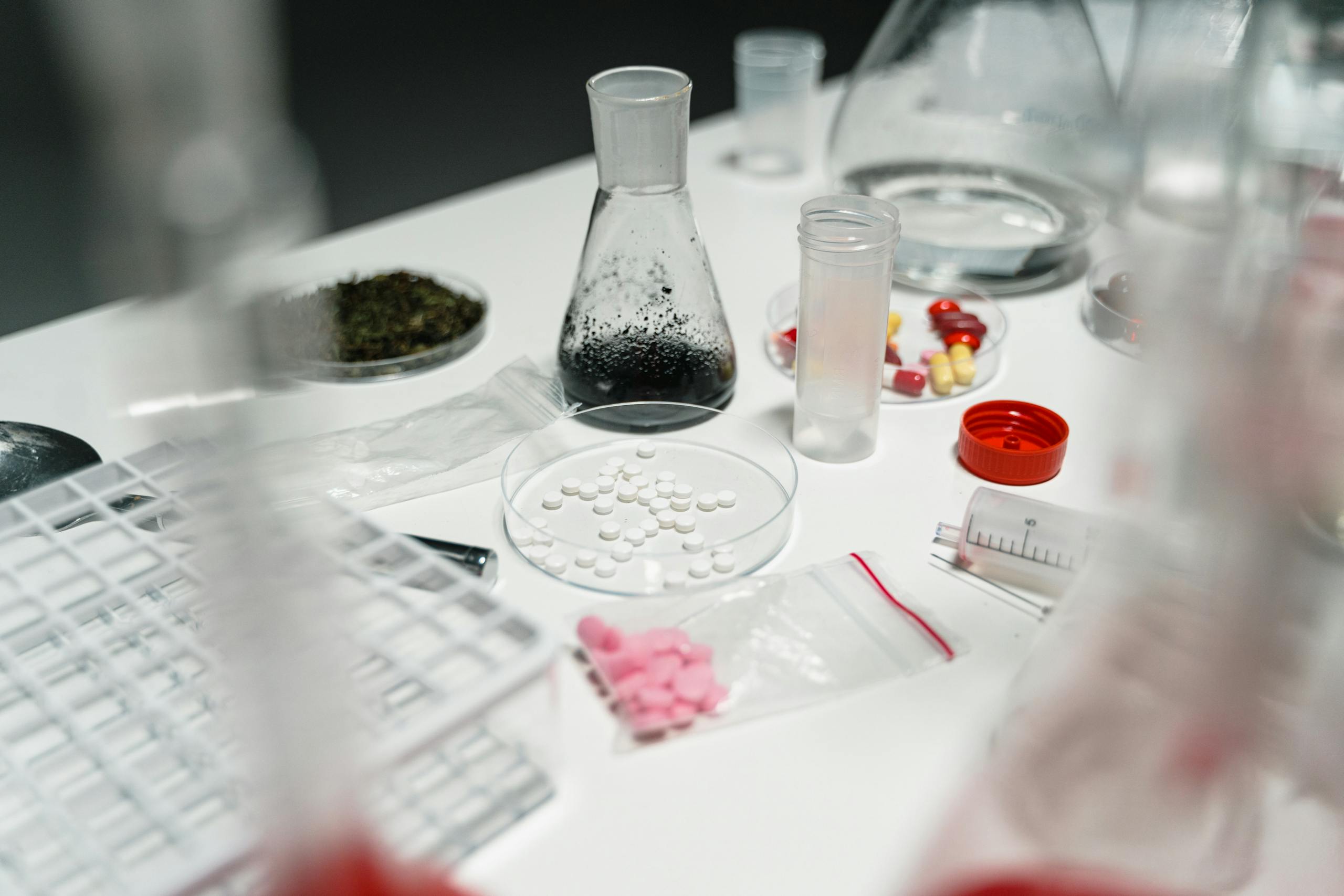 Used for heating liquids during drug production, such as solution heating and concentration. Given the strict temperature control requirements in pharmaceuticals, they precisely regulate heating temperature to safeguard drug quality and safety.
Used for heating liquids during drug production, such as solution heating and concentration. Given the strict temperature control requirements in pharmaceuticals, they precisely regulate heating temperature to safeguard drug quality and safety.  Food Processing Industry: Applied for heating liquids like edible oil and syrup. Their direct insertion into liquids enables high – efficiency heating, quickly reaching the required temperature.
Food Processing Industry: Applied for heating liquids like edible oil and syrup. Their direct insertion into liquids enables high – efficiency heating, quickly reaching the required temperature.
- Petrochemical Industry:
- Parameter Requirements:
- Fuerza: Determined by factors including the volume, viscosity, and required temperature rise of the heating medium. The power range commonly spans from several kilowatts to dozens of kilowatts or even higher. In small – scale food processing equipment, power may be around several kilowatts, while for large – scale oil tank heating, it can exceed dozens of kilowatts.
- Material: Given the potential corrosiveness of the heating medium, materials with good corrosion resistance are essential. Stainless steel and titanium alloy are common choices. In highly corrosive chemical media, titanium alloy is often preferred.
- Protection Level: An IP65 or higher protection level is required to ensure reliable operation in harsh industrial environments. This safeguards against dust, humedad, and other contaminants that could affect the heater’s lifespan and safety.
- Application Scenarios:
- Commercial Field:
- Application Scenarios:
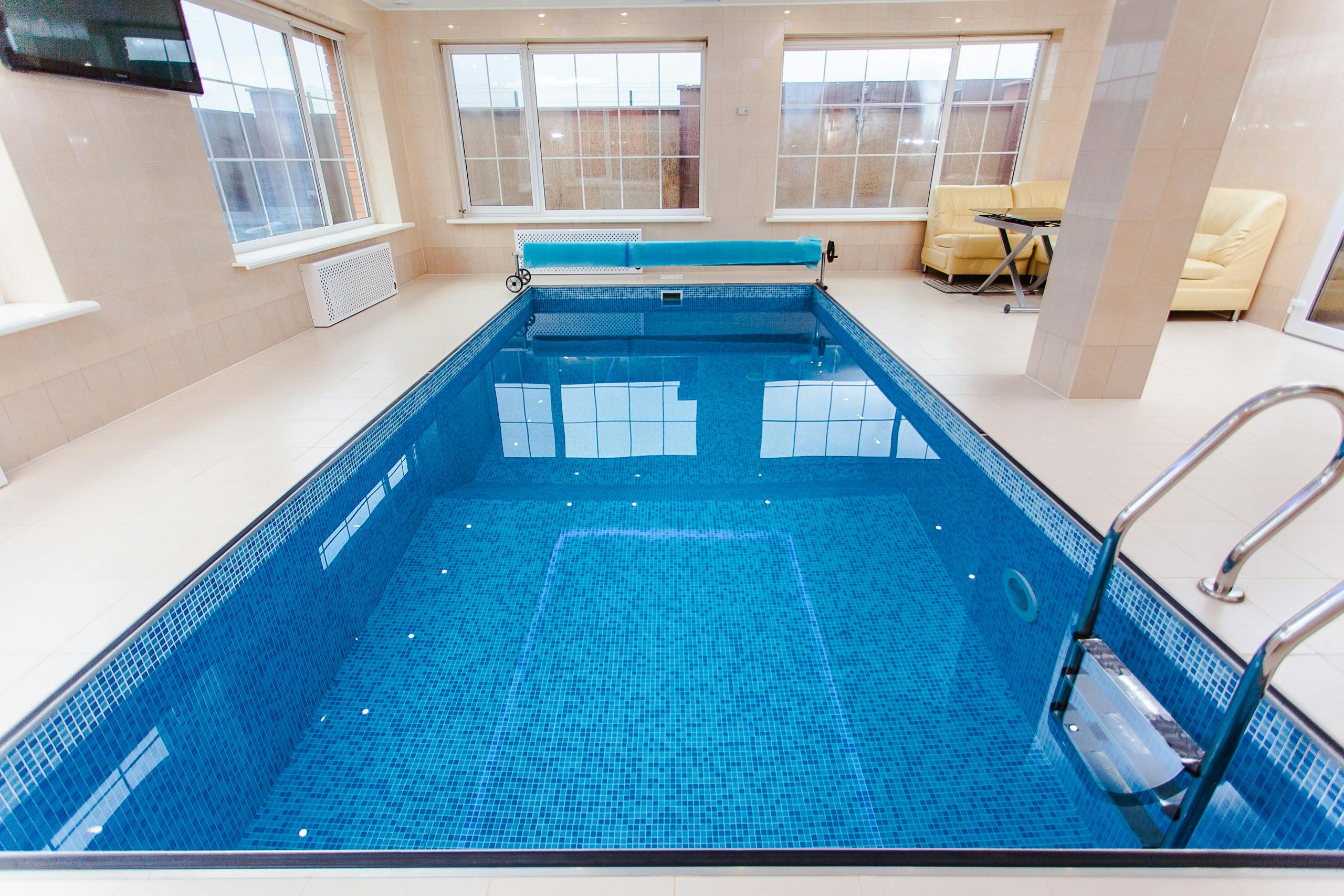 Calefacción: Maintains the temperature of pool water in large swimming pools and hot spring baths, providing a comfortable swimming environment. In winter, when pool water temperature drops rapidly, they quickly heat the water to keep it within the suitable range.
Calefacción: Maintains the temperature of pool water in large swimming pools and hot spring baths, providing a comfortable swimming environment. In winter, when pool water temperature drops rapidly, they quickly heat the water to keep it within the suitable range.- Hotel Hot Water Supply: Critical for hotels’ large – scale hot water requirements. They heat water rapidly in the hotel’s hot water system to meet guest demands. Además, they can be automatically controlled based on hotel – specific water usage patterns to optimize energy utilization.
- Parameter Requirements:
- Fuerza: Based on the hot water demand of the swimming pool or hotel, typically ranging from several kilowatts to dozens of kilowatts. For a medium – sized swimming pool, power may be between 10 – 20 kilowatts, while large hotels may require multiple heaters with power exceeding 20 kilowatts.
- Safety: Due to the high – density population in commercial settings, safety is of utmost importance. Immersion heaters must have reliable leakage protection, overheating protection, and other safety features to ensure user safety during operation.
- Control Mode: Require flexible control options to enable automatic control according to different time periods and water demands. Functions such as timed heating and temperature – based automatic adjustment can be implemented to enhance energy – saving efficiency.
- Application Scenarios:
- Industrial Field:

